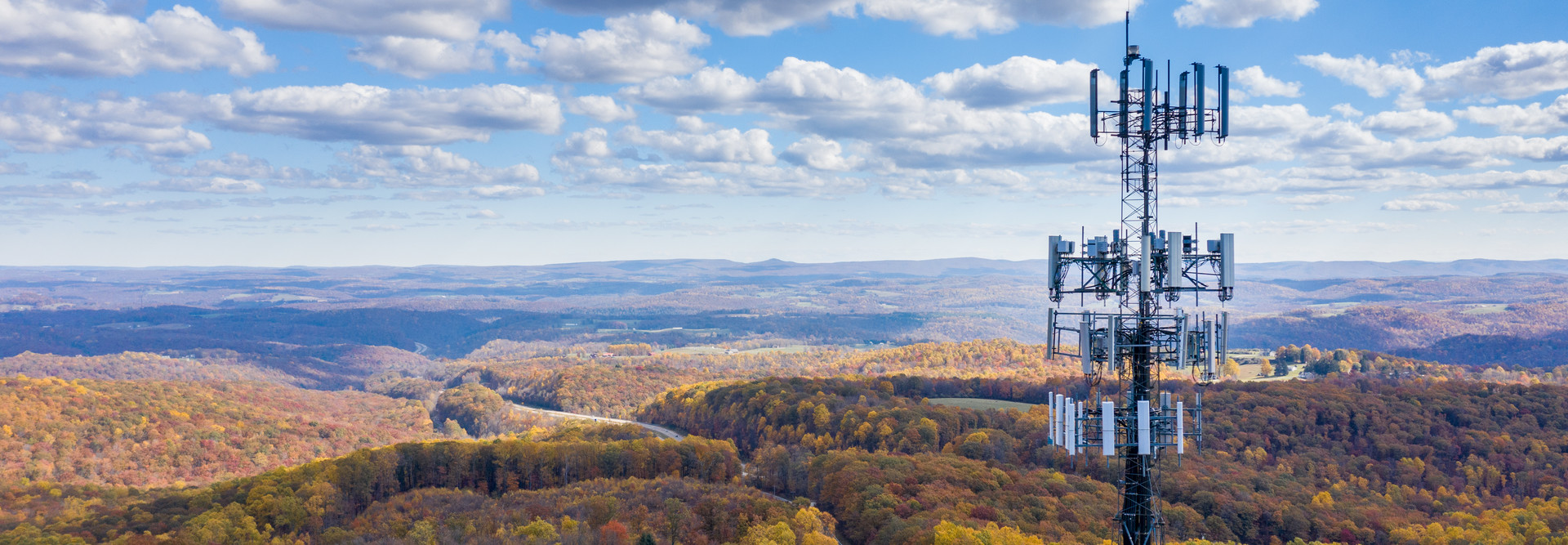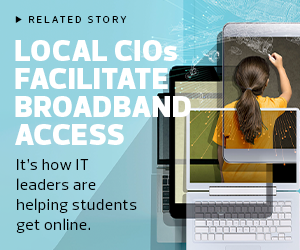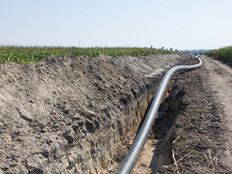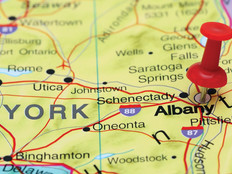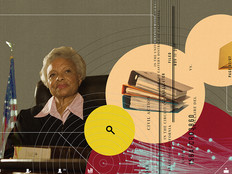On the availability gap, the federal government is “critically important for funding,” Levin says, because the fundamental problem is that “market forces will not fund networks to be built” in roughly 5 to 15 percent of the country.
The second major element of the digital divide is an adoption gap, which Levin says is a function of user readiness and a lack of digital literacy skills. There is also a clear affordability gap, meaning users simply cannot afford to pay for the broadband service that is technically available to them. The affordability gap is largely an urban and suburban phenomenon, experts say.
Levin notes that although the affordability gap gets the lion’s share of attention in Washington policy debates, the affordability gap actually affects three times as many Americans. A report released in February from BroadbandNow Research, a firm which provides independent data and research on broadband access and policy, found the FCC’s estimate that 21 million Americans lack access to broadband actually undercounts the figure by 20 million.
Tyler Cooper, the editor in chief at BroadbandNow, notes that “the access component is pretty key, but then even in the areas where you do have broadband service, kind of turning back toward urban areas specifically, you can have a pretty large adoption divide as well.”
The final gap, in Levin’s view, is a business opportunity gap, which is a measure of how many people are unable to fully participate in an economy that’s more inclusive and equitable via broadband and information services.
MORE FROM STATETECH: How are cities and counties helping school districts get students online?
How Does the Digital Divide Impact Education Within States?
The digital divide has been profoundly felt over the past year in households across the country with students in grades K–12, as students and their families adapted to the necessities of remote learning.
An October 2020 report from the National Education Association estimates that a quarter of all school-aged children — about 13.5 million in the U.S. — live in households without broadband access or a computer or tablet.
Researchers from Public Policy Associates reviewed data from the U.S. Census Bureau’s American Community Survey to explore the digital divide for students.
According to the NEA report, “inequality systematically tracks across historic divisions of race, socioeconomic status and geography.”
The report found the following, according to an NEA statement:
- School-aged children in households that are below the federal poverty threshold (53 percent) are much less likely than those above the poverty line (79 percent) to have access to both broadband and a computer.
- White school-aged children (80 percent) have better access than African American/Black (64 percent) or Hispanic/Latinx (66 percent) children. Just 50 percent of American Indian and Alaskan Native children have full access.
- Families who have a parent at home during times of remote instruction are more likely to have full access than those who do not (77 percent vs. 71 percent).
“The fact that it has been highlighted so dramatically at a time when there is remote learning and families that don’t have internet access are at a severe disadvantage in terms of having their children be educated at all, is one way to underscore the broader problem,” Boucher says.
Cooper notes that stories abounded this past year of students driving for miles to find a Wi-Fi hotspot to do homework in their cars, or students camping out in school parking lots to get access to hotspots that were established on an emergency basis. The digital divide affects students in rural, urban and suburban areas, he notes.
EXPLORE: How are cities forging partnerships to close the digital divide?
What Are States Doing to Bridge the Digital Divide?
State governments, in addition to governments at the local level, have taken concrete steps to close the digital divide over the past year, though experts argue those efforts were largely patchwork or emergency efforts and must be sustained in the years ahead.
According to the nonprofit National Digital Inclusion Alliance, states took actions primarily in four areas: expanding internet access, expanding device access, increased tech support and digital literacy efforts, and planning and coordination of digital equity efforts.
For example, Alabama Gov. Kay Ivey committed $100 million in Coronavirus Aid, Relief and Economic Security (CARES) Act funding to purchase internet service for low-income households with eligible K–12 students.
Connecticut Gov. Ned Lamont launched a $43.5 million investment in remote learning solutions to close the digital divide in the state.
In Kansas, the Kansas State Finance Council approved $60 million in grants to improve state broadband infrastructure.
Missouri Gov. Mike Parson set aside $50 million in CARES Act funding to help schools offer online learning and allow for greater use of telework and telemedicine strategies.
“I think the governors really stepped up and did a great job,” Levin says. However, he notes, the pandemic “accentuated an existing problem.”
Cooper notes that both the federal and state and local governments are “aligned with the same overarching goal, which is to bring every American online, and that feels more true now than ever.”
However, he notes, the federal government is positioning itself as a market correction tool, especially to accelerate the deployment of broadband in rural America. That will occur by creating incentives for private companies to deploy broadband at scale in rural parts of the country. That may include changing the definition of broadband to something approaching 100 megabits per second for uplink and downlink, which would help accelerate the move away from legacy technologies such as DSL that do not provide symmetrical broadband access.
At the state level, Cooper says, a lot of action will center on whether state regulations change to enable municipalities to create their own broadband networks.
“Everywhere we’ve seen municipal broadband networks put in place, we’ve seen that prices are lower on average and speeds are higher on average. Having that public option is a pretty crucial element, especially for areas that simply don’t have private competition.”



